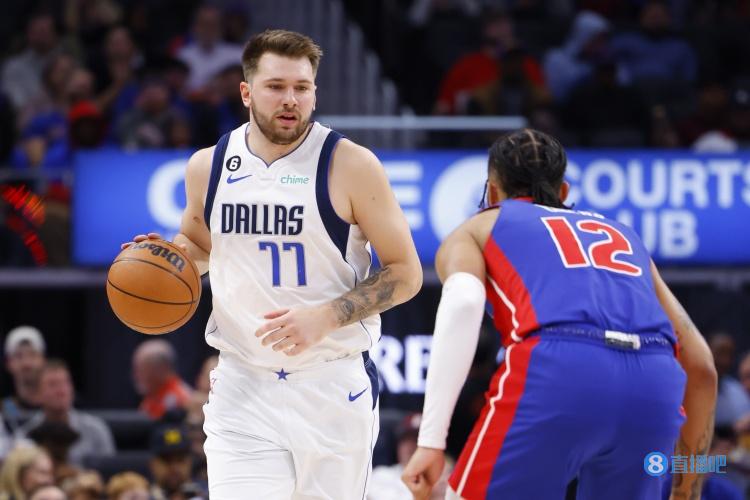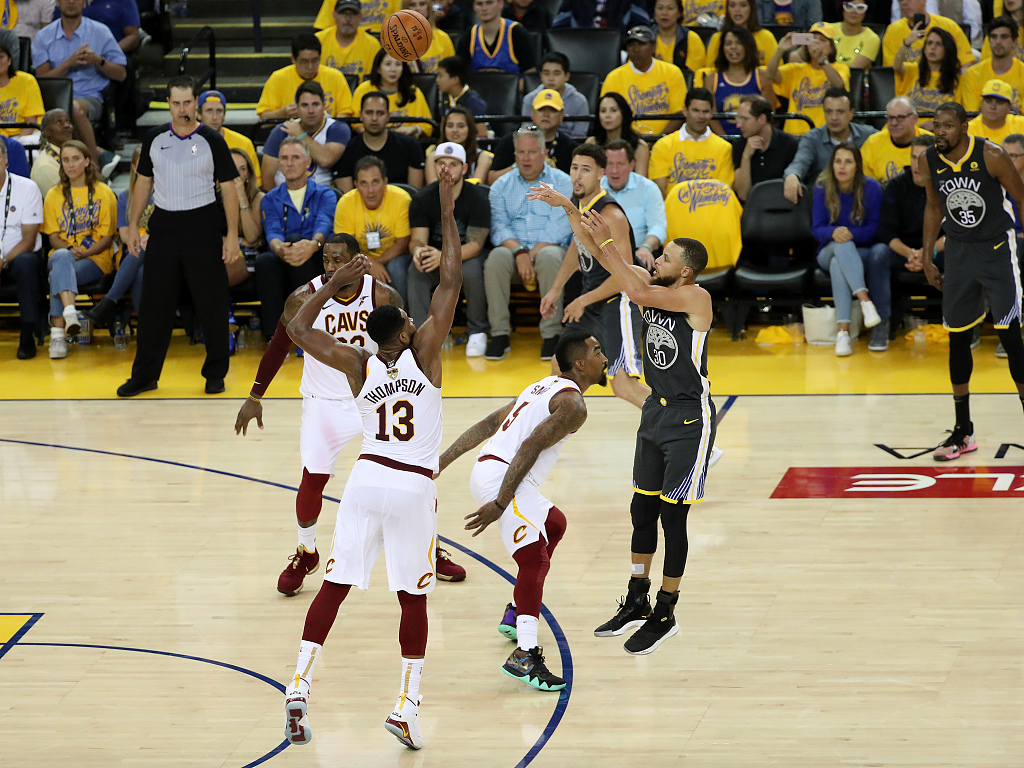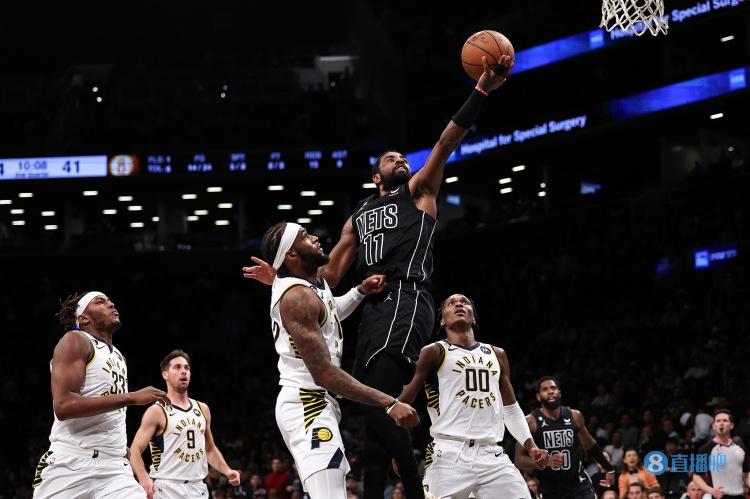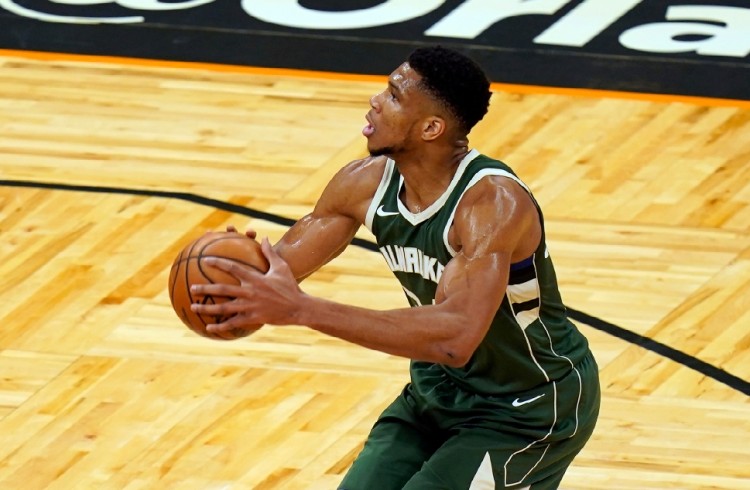
(The original text was published on December 22. The author is Lev Akabas, a Yahoo Sports writer. The content of the article does not represent the translator’s point of view.)
Ralph Lawler, the former narrator of the Los Angeles Clippers, once created a motto: in NBA, which team gets 100 points first and which team wins the game. But this season’s situation is the most inconsistent with this judgment in history. Earlier this week, Portland Blazers first scored 100 points against Washington Wizards, but finally lost the goal with 121-123, which is now common.
According to the Glass Cleaning, the average score of all teams in 2015 was 105.8 points per hundred rounds, almost unchanged from 105.5 points in 2005. But since then (2015), the alliance history record of this data has been broken four times. Last year, the alliance scored an average of 112.3 points per hundred rounds. Now, about one third of this season has passed, and this value is 113.3 points.
In fact, the current data cannot fully reflect the score explosion this season, because the offensive level will almost always improve with the regular season. In the past 19 seasons, the average offensive efficiency in the first 30 days of the season was always lower than the average offensive efficiency of the whole season except the 2014-15 season, which started with a ridiculously high foul rate.
This year seems to be no exception. In October and November, the average offensive efficiency of the alliance is 113.1, but it has risen to 114.4 in the past two weeks, and there is still a long time before next April.

The surge in offensive efficiency in the past seven seasons can be largely attributed to more three-point projection. In the 2021-22 season, three-point shooting accounted for of all the team’s total shots, while this proportion was only in the 2014-15 season. Each CIC can bring an average of 0.84 points, while each three points can bring an average of 1.08 points; Facts have proved that the few feet of withdrawal during shooting are very helpful for getting more points.
In terms of style, NBA attacks have become more complicated. It relies less on one-to-one and more on tactics that require two players-for example, hand-handed passing after fengshui ball, or even tactics that require three players-for example, Spanish block and tear. In addition to the recent punishment methods encouraged by the judges to attack, it has become very difficult to defend these tactics.
So, what is the specific situation of this season? First of all, many teams have a stronger starting line-up. When this stage was reached last season, Owen could not play for Brooklyn basketable nets. Zion and Murray were still missing due to injury, and Lillard had just reimbursed for the season. This season, in addition to those teams with stars returning, the deals made by Indiana Pacers and Sacramento Kings also seem to be helpful to the performance of both sides.

In terms of policy, a new rule issued by the alliance imposed penalties on intentional foul who deliberately stopped the fast break, successfully increasing the score of each conversion attack by 0.04 points compared with the same period last season.
The half-time attack of the alliance has also made remarkable progress. The hit rate of the basket shot increased by two percentage points, which may be just statistical noise, but it may also be caused by the continuous depreciation of the defensive Hummer. This devaluation comes from every team’s pursuit of the small ball lineup. Although the latter increases the number of offensive organizers on the court, it reduces the team’s ability to protect the basket.
It is especially noteworthy that each team has slightly increased the number of impacts on RIM. Layup and Dunk are still much easier than three points. Therefore, the statistical deviation of shooting data to the basket also raises the score.
When the distance is closer to RIM, players will also suffer more fouls, and free throws are an efficient way to score. So far, the team this season can get 20.8 free throws per 100 shots on average. This number is the new high after the 2016-17 season, which is much higher than the 17.9 times in the same period last season-at that time, the referee was still focusing on cracking down on unnatural foul-making, but this season they fell in love with the feeling of whistle again.

The increase of basket shots has also created more offensive rebounds. This season, the attackers turned 26.9 percent of their lost goals into offensive rebounds, an increase from 26.0 percent in the first two months of the 2021-22 season. Offensive rebounds can usually produce offensive rounds with higher efficiency than the average level, because the ball is obtained very close to RIM, and if many attackers compete for offensive rebounds instead of defense, their switching defense will also deteriorate.
Cory Jez, the former director of data analysis for Sir Utah, noticed that the offensive rebound rate of 30 teams in the league was uneven, which also meant that those teams that lagged behind in this indicator had huge room for improvement. “An offensive rebound makes you gain much more than the loss you suffered when you gave up switching defense.” Jez said, “This is one of the benefits that can be obtained without much effort in the current alliance.”
Abandoning low-efficiency shooting may make the scores of each team continue to rise. Although it is claimed that the CIC is dead, nearly one third of all shots now come from the area with a lower hit rate, that is, from four feet (1.22 meters) away from RIM to three point line. Back-to-back singles have been significantly reduced compared with before, but many big men who are not good at back-to-back rim can still get the chance of back-to-back.
“Over the past decade, the growth of (offensive) efficiency has been largely linear.” Jez said, “Sometimes, it should have fallen back, but we don’t seem to have reached that stage. So this is a really interesting question: when will it stop growing? At present, there is no evidence that that day will come soon.”
Original text: Lev Akabas
Compilation: asteroid falling
Discussion & Analysis